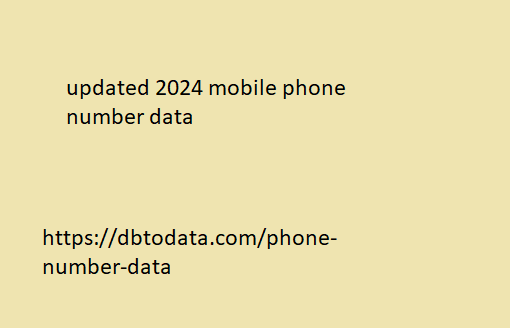The two largest carbon-emitting nations — China and the U.S. — opted into the 2015 United Nations Climate Change Conference, making the Paris Agreement the strongest international mandate ever for the reduction of greenhouse gas (GHG) emissions. Although 196 conference participants signed the climate change agreement, it will not be legally binding until a minimum of 55 nations that together contribute more than 55 percent of total global GHG emissions have signed on. The deadline is April 21, 2017. The ratified agreement would go into effect in 2020.
Each participating country must make an emission reduction pledge. The goal is to limit rising global temperatures to less than 2 degrees C over the long-term. To be successful, the world will have to phase out all human-caused carbon emissions before 2050. In an earlier post, we talked about how in February 2016, Morocco took the lead in reducing carbon emissions with the first phase of a massive concentrated solar power complex in the Sahara Desert.
The Paris climate change agreement promises significant revisions in the way industries, societies and individuals operate. In the U.S., we face revolutionary changes in the three parts of the economy that contribute the majority of GHG emissions:
- Electricity generation — 31 percent
- Transportation — 27 percent
- Industry — 21 percent
Electricity: Addressing the Need for Change
In August 2015, President Obama and the EPA unveiled the Clean Power Plan as a strategy for addressing climate change. Citing increases in respiratory disease, extreme weather events and rising sea levels, a White House Fact Sheet identifies a critical need to act.
The Clean Power Plan sets limits for carbon emissions from fossil fuel-burning power plants, which are the most significant source of U. S. carbon emissions. The Plan’s goal is a 32 percent reduction in carbon emissions from 2005 to 2030. By phasing out coal-burning turbines and replacing them with cleaner energy sources such as solar and wind power farms, the Plan drives new employment opportunities and promises billions in accurate mobile phone number list consumer power savings. It also encourages states to invest in aging power grid renovations.
Transportation: Getting from Here to There
Changes in our modes of embracing radiant cycles motorcycle exhausts transportation play a key role in advancing toward a zero emission goal by mid-century. The increasing numbers of hybrids and electric vehicles we see on the roads these days are a good start. Even though these vehicles themselves have low to zero emissions, generating electricity through traditional plants for these vehicles still creates GHG.
As long as coal-fired power plants continue to churn out C02, plug-in electric car owners must accept some of the responsibility for global warming. According to the Department of Energy, a conventional gas-powered car emits 99 pounds of carbon on a 100-mile drive while a plug-in hybrid vehicle emits 61 pounds on the same trip. The reduction is significant, but it does not come close to the zero carbon target.
Also, the price of gasoline bzb directory affects people’s decisions to purchase hybrids and electric vehicles. In 2015, 22 percent of hybrid and electric car owners traded in their vehicles for gas-powered SUVs, nearly twice the turnover in recent years. The auto industry analysts at Edmunds.com attributed the phenomenon to historically low gas prices.
The Wall Street Journal reports that low gas prices are likely to continue through the coming year. The current rise in gas usage will also continue. Americans are taking more road trips and buying pick-up trucks rather than economy cars while fuel stays affordable.











